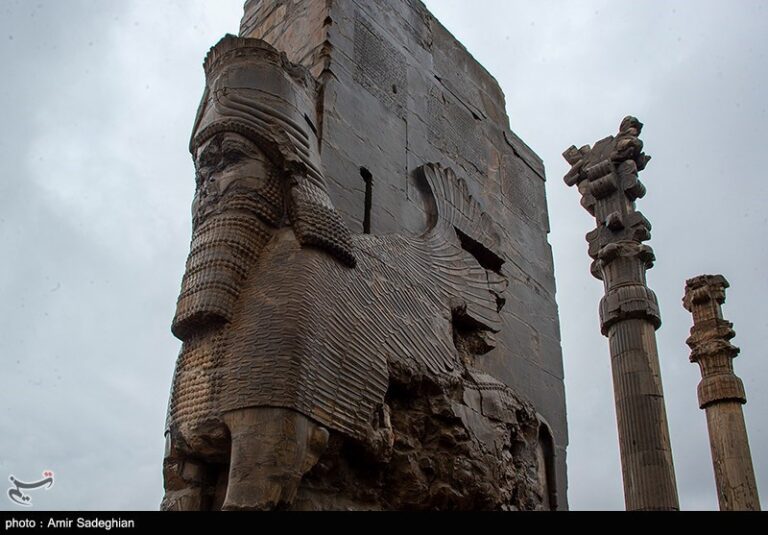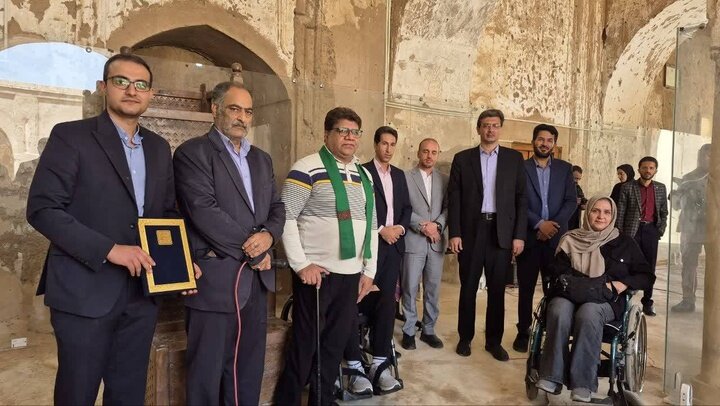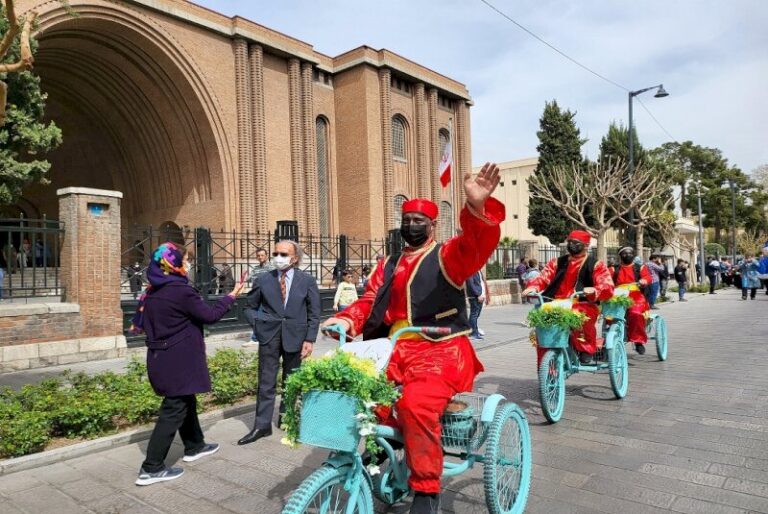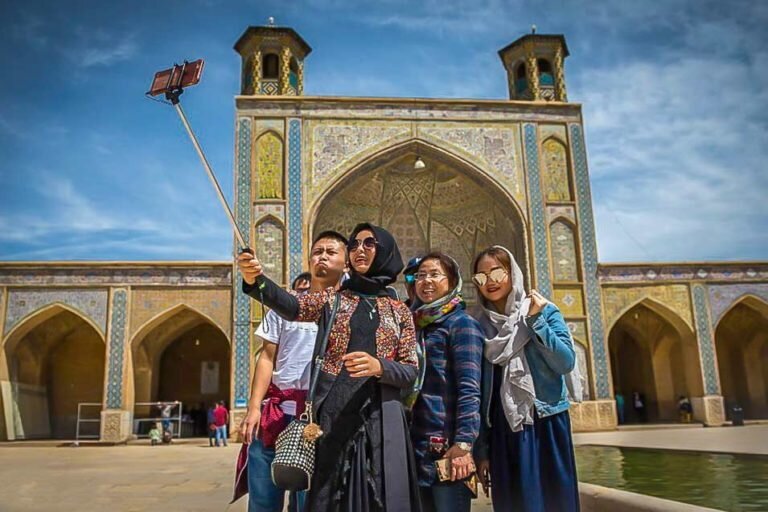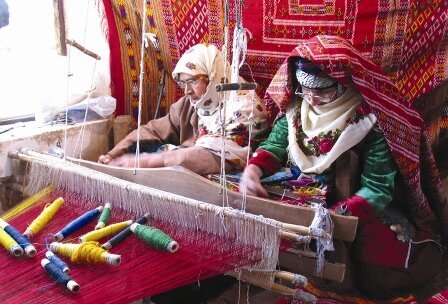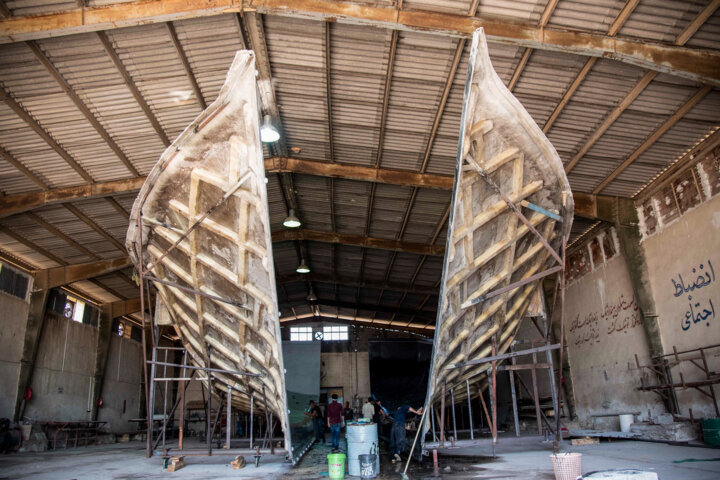Exquisite Persian Carpets Adorn Pope’s Funeral: A Touch of Tradition and Elegance
The inclusion of Persian carpets in papal funeral rites is a fascinating aspect of Christian tradition that highlights the rich cultural exchanges between the Islamic world and Christianity. Recently, Pope Francis’s funeral proceedings showcased this unique history, where beautiful carpets from Iran adorned the sacred spaces of St. Peter’s Basilica.
This week, a field of flowers surrounded Pope Francis’s modest wooden casket in St. Peter’s Basilica. The intricate Persian carpet beneath it, woven in vibrant shades of crimson, indigo, and orange, is not part of an Italian artistic heritage but rather comes from the northwest region of Iran, as reported by The Art Newspaper and Mehr News Agency.
The decision to use Persian carpets during these solemn ceremonies is not merely a modern choice but is rooted in a tradition that spans over six centuries. This leads to an intriguing question: how did these ornate carpets, originating from cultures distinct from Italian and Christian traditions, come to symbolize sacred spaces during the highest Catholic ceremonies?
Starting from the late 14th century, carpets imported from regions such as Anatolia, the Levant, Egypt, and Iran became some of the most coveted floor coverings available. Their esteemed status is evident in religious art, where they are often depicted at the feet of significant Christian figures, including the Virgin Mary. For instance:
- The Marriage of the Virgin by Niccolò di Buonaccorso, painted around 1380 in Siena, features a striking carpet with a design of confronted animals, marking the holy space where Mary and Joseph are wed.
- Andrea del Verrocchio’s Piazza Madonna, completed in 1486, illustrates the Virgin and Child on an Anatolian carpet, creating a sacred area that indicates the proximity of the figures surrounding them.
During the 16th century, the influx of carpets from Islamic countries into Europe increased significantly, thanks to trade, commissions, and diplomatic gifts. Ottoman carpets dominated this trade, with Safavid Iranian and Mughal Indian carpets also making their mark in the 17th century. The tradition of gifting carpets continues, as seen when Iranian President Hassan Rouhani presented Pope Francis with a small carpet from Qom during their 2016 meeting at the Vatican.
The three Persian carpets utilized in Pope Francis’s funeral served a similar purpose to those depicted in classical paintings. They delineate a holy space, creating a distinguished boundary that sets the pontiff apart from the clergy and attendees surrounding him. In the private chapel, two Swiss Guards flanked the casket at the carpet’s border, mirroring the positioning of figures in Verrocchio’s artwork. In the larger setting of St. Peter’s Basilica, the sanctified area was further emphasized by stanchions that reinforced the carpet’s borders.
For the funeral mass held in St. Peter’s Square, another Persian carpet—a Heriz carpet from northwest Iran—was spread beneath Pope Francis’s casket. This carpet appears to be the same one used during the funerals of both Pope John Paul II in 2005 and Pope Emeritus Benedict XVI in 2023.
Notably, changes implemented by Pope Francis in late 2024 reduced the grandeur typically associated with papal funerals. Unlike the elevated biers and multiple coffins used by previous pontiffs, Francis opted for a simple wooden casket placed closer to the carpet. This simplicity enhances the visual representation of holy ground, drawing attention to the sacred nature of the space.
The tradition of using Persian carpets in papal funerals not only reflects a longstanding cultural exchange but also underscores the significance of these textiles in defining sacred spaces within Christian rituals. As we reflect on the recent funeral ceremonies, we are reminded of the rich tapestry of history that intertwines different cultures and traditions, creating a unique narrative within the Catholic faith.
In conclusion, the integration of Persian carpets into the papal funeral rites of Pope Francis highlights a profound connection between Islamic artistry and Catholic traditions. This enduring practice serves as a testament to the power of cultural exchange and the shared reverence for sacredness across different faiths.

